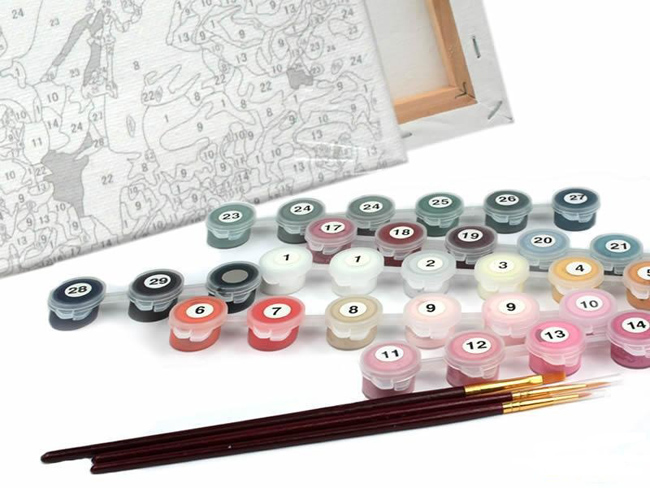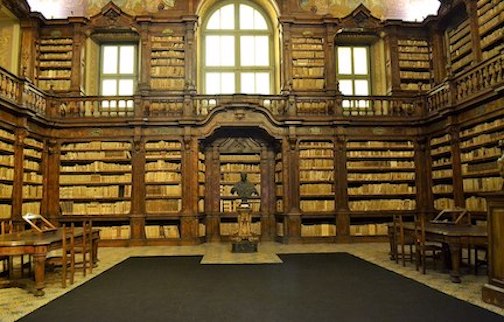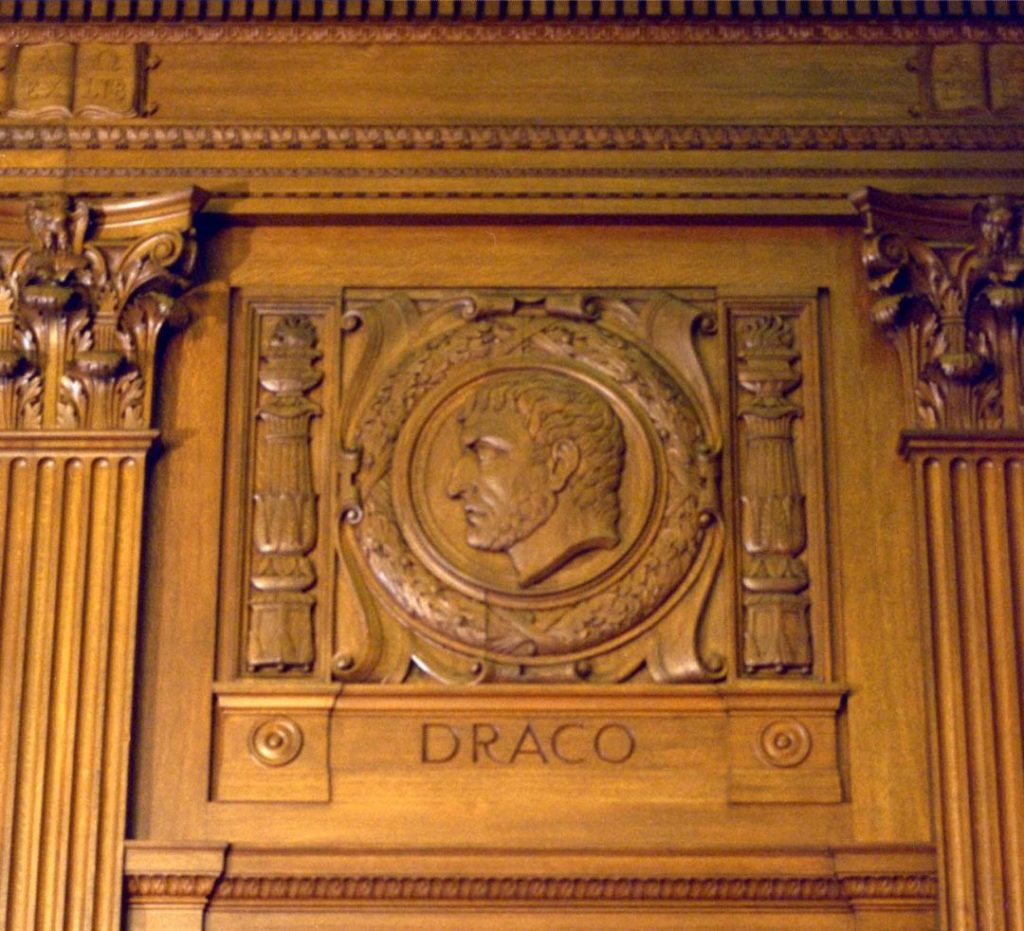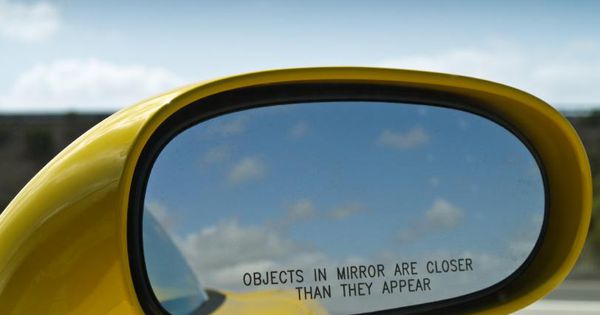My parents strongly encouraged my brothers and sisters and me to participate in a variety of arts.
Growing up in the 70’s coincided with the decline of the paint-by-numbers cultural phenomenon.
During each 3 month summer school break, we personally had our own masterpiece to complete.

In 1950, Max S. Klein, an engineer and owner of the Palmer Paint Company of Detroit, Michigan, and Dan Robbins, a young commercial artist, invented, developed and marketed the Craft Master Paint-by-Numbers Set.
Each kit was “Everything You Need in One Package” and guaranteed “A Beautiful Oil Painting the First Time You Try!”.
For us, it was “as easy as ‘1,2,3’” to create an oil painting worthy of a place in the “new room” (an addition in the back of our house) or the living room.
We never viewed it as actual art, because our parents would buy 5 kits and let us sort out who would paint what.
Content by pecking-order.
Being the youngest, I was lucky my brothers and sisters enjoyed challenges. So they rightfully would leave me the easiest and most appropriate for my skill-set. A dog or a cat were my usual subjects.
“The Last Supper” would never be in my hands.

In 1586, the Biblioteca dei Girolamini opened to the public. It is the oldest library in Naples and the second oldest in Italy. Over the centuries it has collected many thousands of priceless manuscripts and printed volumes.
In 1610, Italian astronomer Galileo Galilei discovered three of Jupiter’s moons: Callisto, Europa and Io. Galileo’s notes, drawings, and detailed documentations were later published as “Sidereus Nuncius” (“Starry Messenger”); 550 copies of the book were printed, of which 150 known copies remain.

In 2005, an exceptionally rare and valuable copy of “Sidereus Nuncius” (signed and hand-illustrated by the great astronomer himself!) was hailed as the find of the century when it was unveiled by respected antique-book dealer Richard Lan.
In 2011, a bookseller named Marino Massimo De Caro was appointed director of the Girolamini library by the Ministry of Culture.
In 2012, De Caro was arrested for systematically ransacking and looting the Girolamini’s collection.
In 2013, De Caro was sentenced to seven years in prison, subsequently modified to house arrest. Later that same year, he admitted that he had forged the 2005 rare Galileo discovery, “Sidereus Nuncius.”

In 409 BC, a legal distinction between intentional and unintentional homicide was introduced in Athenian law. It is historically attributed to the laws fashioned by Athen’s resident and legislator, Draco (650-600 BC). The term ‘Draconian Law’ is based on the concept of implied and established laws by Draco.
In 1638 in the case of Rex v Levett, the defendant William Levett, under the belief that there were burglars in his house, killed a woman (Francess Freeman, of whose presence he was ignorant) mistaking her for one of the burglars. Sadly, she was a secret visitor a servant had hidden in the cellar. This is the foundation for the current defense of mistake of fact. Levett not knowing Freeman was there in the buttery, hastily entered therein with his drawn rapier, and being in the dark and thrusting with his rapier before him, thrust her under the left breast. The court held that the defendant was not guilty of manslaughter, “for he did it ignorantly without intention of hurt to the said Frances.” Although she was not the aim of his sword, the accused with reason, but through error, slew her.

“The thing that hath been, it is that which shall be; and that which is done is that which shall be done: and there is no new thing under the sun.” –Ecclesiastes 1:9 (King James Version)
What we do know according to Locard’s Exchange Principle is that every time someone enters an environment, something is added to and removed from it. “Every contact leaves a trace.”
All the numbers are colored, all the pages are correct, and the appearances are satisfying. And the result is the same.
Art Historians are like voice technique teachers. Forgery has all the earmarks and the flaws perfectly replicated. Same content, not the original source.
Is it the same technique if everything is replicated except the intent?
Is it the same style if everything is replicated except the intent?
Can the result be replicated if everything is the same except intent?
Having a muse is essential to leaving a trace in art.
Otherwise, the sun is removed from the environment and we are left with the fake starry night messages to paint.
If we are not careful, teachers of art become competent fakes.

April 1, 2019 Dan Robbins died in Sylvania, Ohio at the age of 93.
Paint-by-colors may not be art.
Maybe no one ever learned to paint from this.
But they did participate.

